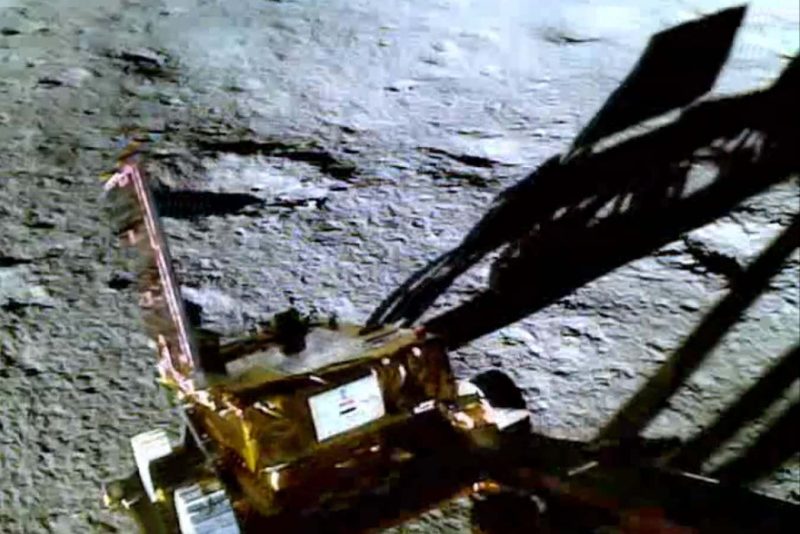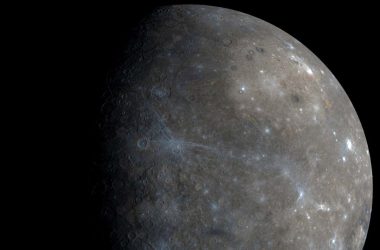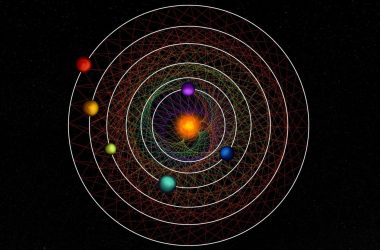India’s Chandrayaan-3 mission has successfully landed near the south pole of the moon, making it the first country to explore this region. The mission, carried out by the Indian Space Research Organisation (ISRO), aims to conduct research on the lunar surface and search for water ice. The successful landing marks a significant milestone for India’s space program.
Key Highlights
- Chandrayaan-3 mission lands near the moon’s south pole.
- The six-wheeled Pragyan rover, weighing 26 kilograms, has been deployed on the lunar surface.
- The rover will conduct experiments to study the surface composition and search for water ice.
- The mission is expected to operate for one lunar day, equivalent to 14 Earth days.
- India’s space program plans to put a human in space and send a craft to Mars.
Mission Details
Chandrayaan-3, named after the Sanskrit word for “mooncraft,” was launched on July 14 via the Launch Vehicle Mark-III rocket. After a six-week journey of approximately 380,000 kilometers, the mission successfully soft-landed near the moon’s south pole. The previous Chandrayaan-2 mission in 2019 faced failure due to a software glitch.
The current mission aims to study the lunar surface using the Pragyan rover, which will carry out experiments with its Alpha Particle X-Ray Spectrometer. Additionally, the rover will search for water ice, which could potentially support future crewed missions by providing drinking water, oxygen, and fuel for spacecraft.
Significance of the Mission
Chandrayaan-3 is not only notable for its successful landing near the moon’s south pole but also for its cost-effective budget. The mission’s budget of just Rs 615 crore (£59 million) is less than half of the inflation-adjusted budget for the movie Apollo 13, emphasizing India’s ability to achieve significant scientific feats without excessive expenditure.
The success of Chandrayaan-3 highlights India’s progress in space exploration and its aspirations to further advance its space program. With plans to send humans into space and embark on a mission to Mars, India is positioning itself as a significant player in the global space arena.
Future Endeavors
India’s space program is already planning its next mission, Aditya-L1, which aims to monitor the solar atmosphere from an orbit at the Lagrange point between Earth and the sun. This mission is scheduled to launch on September 2.
Overall, Chandrayaan-3’s successful landing near the moon’s south pole marks a significant achievement for India’s space exploration efforts. It demonstrates the country’s commitment to advancing scientific knowledge and technological capabilities in the field of space research.








